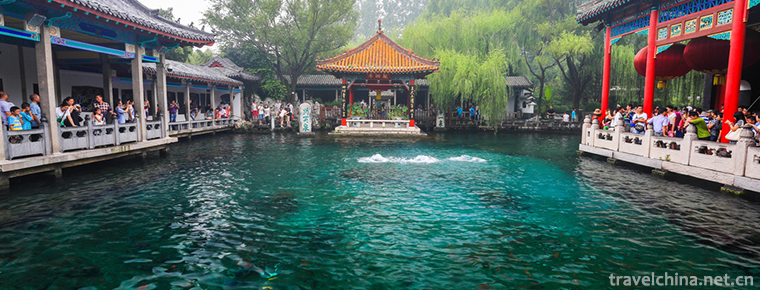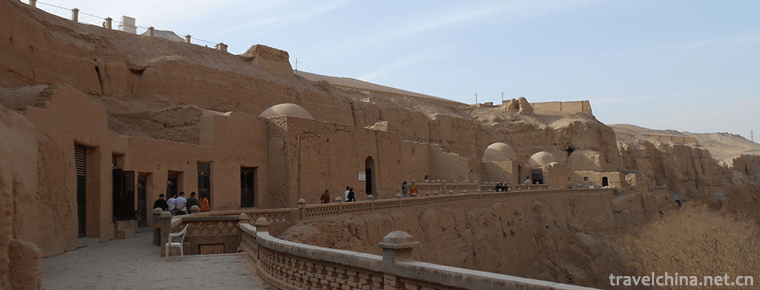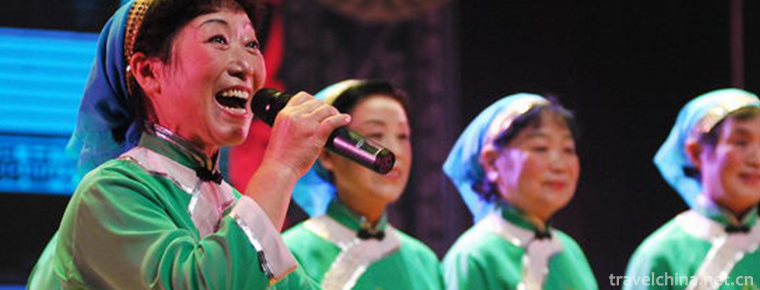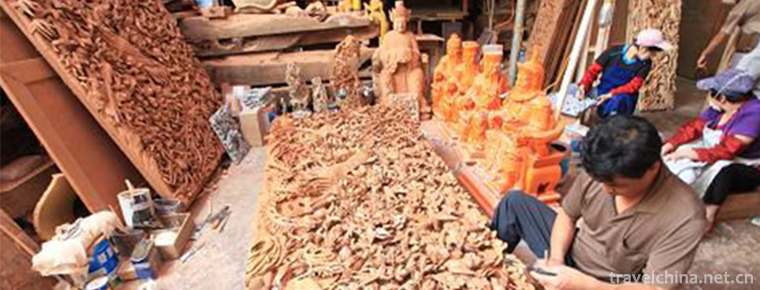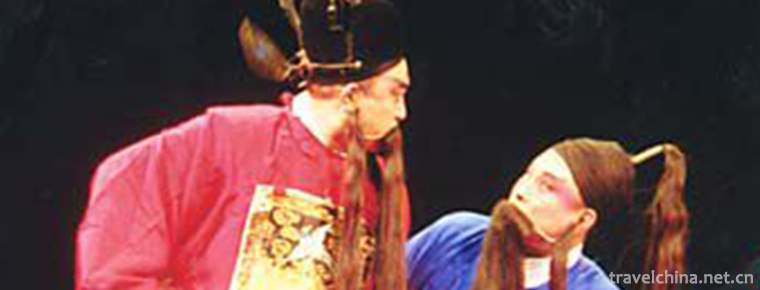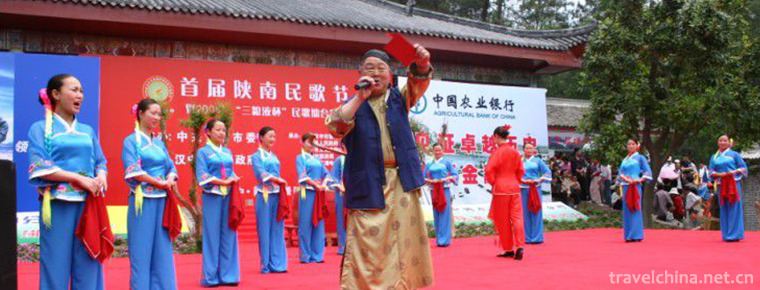Lizhou ancient town
Lizhou ancient town
Lizhou ancient town is a big post station of the ancient Southern Silk Road, an ancient town of Liangshan Yi Autonomous Prefecture, and the place where the red army went through the long march.
essential information
Lizhou Town, known as "Suqi county" in ancient times, is located in the north of Xichang City, only 23 kilometers away from Xichang, with an area of 35 square kilometers. It is one of the main areas of rice, wheat, millet, potato and cash crops in Xichang City.
Now the ancient town of Lizhou was built in the Ming Dynasty. There are seven streets and eight alleys inside and outside the town. There are four gates: Yinghui gate in the East, Qiwen gate in the south, Baocheng gate in the West and Yingen gate in the north.
Lizhou has a long history. It was established in seven dynasties and prefectures in Five Dynasties. There are glorious historical sites such as "the Shu army encamped in Xu, the Taiping Army built a platform to hang drums, and the workers' and peasants' red army fought against the rich and helped the poor". It is an ancient yak Road Post station on the South Silk Road. There are three ancient cities and Neolithic sites in the town, and more than 1000 cultural relics have been unearthed. It is the north gate of Xichang and an important town for political, economic and cultural exchanges with all ethnic groups. On January 14, 1995, with the approval of the provincial government, Lizhou town was listed as a famous historical and cultural town in Sichuan Province.
historical origin
In 1935, the red army passed through Lizhou on the long march and lived here for six days. It was the township where the central red army stayed for the longest time and stationed the most troops in Xichang. In Lizhou, the red army fought against the rich and helped the poor, publicized and educated the masses, and was deeply supported by all walks of life in Lizhou. Mao Zedong, Zhou Enlai, Zhu De, Liu Bocheng, Nie Rongfu and other proletarian revolutionaries of the older generation had fought and lived in Lizhou. At the famous Lizhou meeting, the Central Red Army formally put forward the term "Long March" with great historical significance, and determined the route of the long march to northern Shaanxi. Lizhou is a famous town with special significance in the history of the long march.
architectural style
The ancient town of Lizhou is mostly built in Qing Dynasty, brick wood or civil structure. Bright patio, tall wind fire wall, curved beauty lean, exquisite stilted building symbolize the architectural cultural characteristics of different ancestral craftsmen. Walking into the residential courtyard of Lizhou, you can see that the roof covered with small green tiles, the beams and beams of the bucket style, and the carved doors and windows are so simple.
scenic spot
Wenchang palace in Lizhou
Located in the South Street outside the city of Lizhou, Wenchang palace was built in 1884 in the Jiashen year of the reign of Emperor Guangxu of the Qing Dynasty. Sitting east to west, the palace is magnificent, rigorous in layout and exquisite in workmanship. Vertical three courtyard, horizontal three row, red wall tube tile, antique. There is a marble inlaid "reading platform" in the Central Plains of the Academy. The bell tower on the left is the "chanting hall", and the right is the "study room". In the late Qing Dynasty, the "Liangshan academy" was set up here.
Xichan Temple
Xichen temple is a group of buildings with Ming Dynasty style. The mountain gate, Tianwang hall, Guanyin hall, Buddha Hall, dizang king hall, Tibetan Scripture building and other buildings are built in a well-organized way. The Western Chan temple has four major attractions: Tiandeng Pavilion, a relic of the Southern Silk Road; Comrade Zhou Enlai's office collapsed during the long march; furniture and utensils of the Ming and Qing Dynasties; and special vegetarian food.
Lizhou conference site
On May 19, 1935, Mao Zedong and other leaders of the Central Red Army lived in the courtyard of the frontier family of tuguanzhuang (Group 7 of Tianba Village) in Lizhou, and the slogans left by the Red Army can be seen. On May 21, the famous Lizhou conference was held in the ancestral hall of tuguan village in Lizhou. After the meeting, the Military Commission issued a "ten thousand and ten thousand urgent" cable order at 18:00 p.m. on the same day, officially determining the long march route to northern Shaanxi. It was after this meeting that the term "Long March" with great historical significance began to appear in the Red Army's documents and slogans.
traffic
Lizhou ancient town is located 23 kilometers north of Xichang City. Dacheng station in Longyanjing street, Xichang City, can take bus No. 118 at 4 yuan. The fare is 5 minutes, and the cycle departure time is 45-50 minutes

-
Shika Snow Mountain
Sheka snow mountain scenic area is located in the southwest of Jian Tang town in Shangri-La County.
Views: 188 Time 2018-10-19 -
Jinan World First Spring Scenic Area
Jinan World No. 1 Spring Scenic Area, located in the center of Jinan City, Shandong Province, is a national AAAAA-level tourist attraction, national key park, advanced unit of national spiritual civil.
Views: 187 Time 2018-12-08 -
Hanguguan Historical and Cultural Tourist Area
Hangguguan Historic and Cultural Tourist Area is a national AAAA-level scenic spot built by Lingbao Municipal Committee and Municipal Government with an investment of 589 million yuan..
Views: 216 Time 2018-12-26 -
Bezeklik Thousand Buddha Caves
The Qianfo Cave in Bozikrik is located on the cliff on the West Bank of the Wood Trench, 45 kilometers east of Turpan City, Xinjiang. There are 83 caves and 57 caves.
Views: 133 Time 2019-01-02 -
Chaohu folk songs
Chaohu Folk Song, the local traditional music of Chaohu City, Anhui Province, is one of the national intangible cultural heritage. On May 20, 2006, Chaohu .
Views: 272 Time 2019-04-16 -
Gold and Silver Fine Craft
Gold and silver fine craftsmanship, Huangpu District of Shanghai, Nanjing City of Jiangsu, Jiangdu traditional handicraft, one of the national intangible cultural heritage..
Views: 207 Time 2019-05-07 -
Glass Firing Techniques
Glass firing technology, Beijing Mentougou District, Shanxi Province, local traditional handicraft, one of the national intangible cultural heritage..
Views: 170 Time 2019-05-14 -
Wood carving
Wood sculpture is a kind of sculpture, which is often called "folk craft" in our country. Wood carving can be divided into three categories: solid round carving, root carving and relief carv.
Views: 124 Time 2019-06-06 -
Qiang Nationality Year
The Qiang Year is a traditional festival of the Qiang people, also known as the Year of the Youth, which is held on October 1 of the lunar calendar every year. In Maoxian area, there are special regul.
Views: 180 Time 2019-06-10 -
Yingge Liushu
Yingge Liushu, also known as Yingge Liuzi, is a traditional art form of rap and singing spread in southwestern Shandong, southern Shandong, Eastern Henan and Northern Jiangsu. Legend has it that the L.
Views: 293 Time 2019-07-14 -
Zhenba Folk Song
Zhenba folk song is a huge cultural wealth created and accumulated by Zhenba people for thousands of years, and it is an important component of Zhenba regional culture. Zhenba folk songs are very rich.
Views: 175 Time 2019-07-25 -
Chengdu national beauty and heavenly fragrance Water Park
Chengdu national beauty and heavenly fragrance water park is the world's first and largest standard in Asia. It is also the first water theme park with the most comprehensive facilities in Southwest China..
Views: 148 Time 2020-10-17

